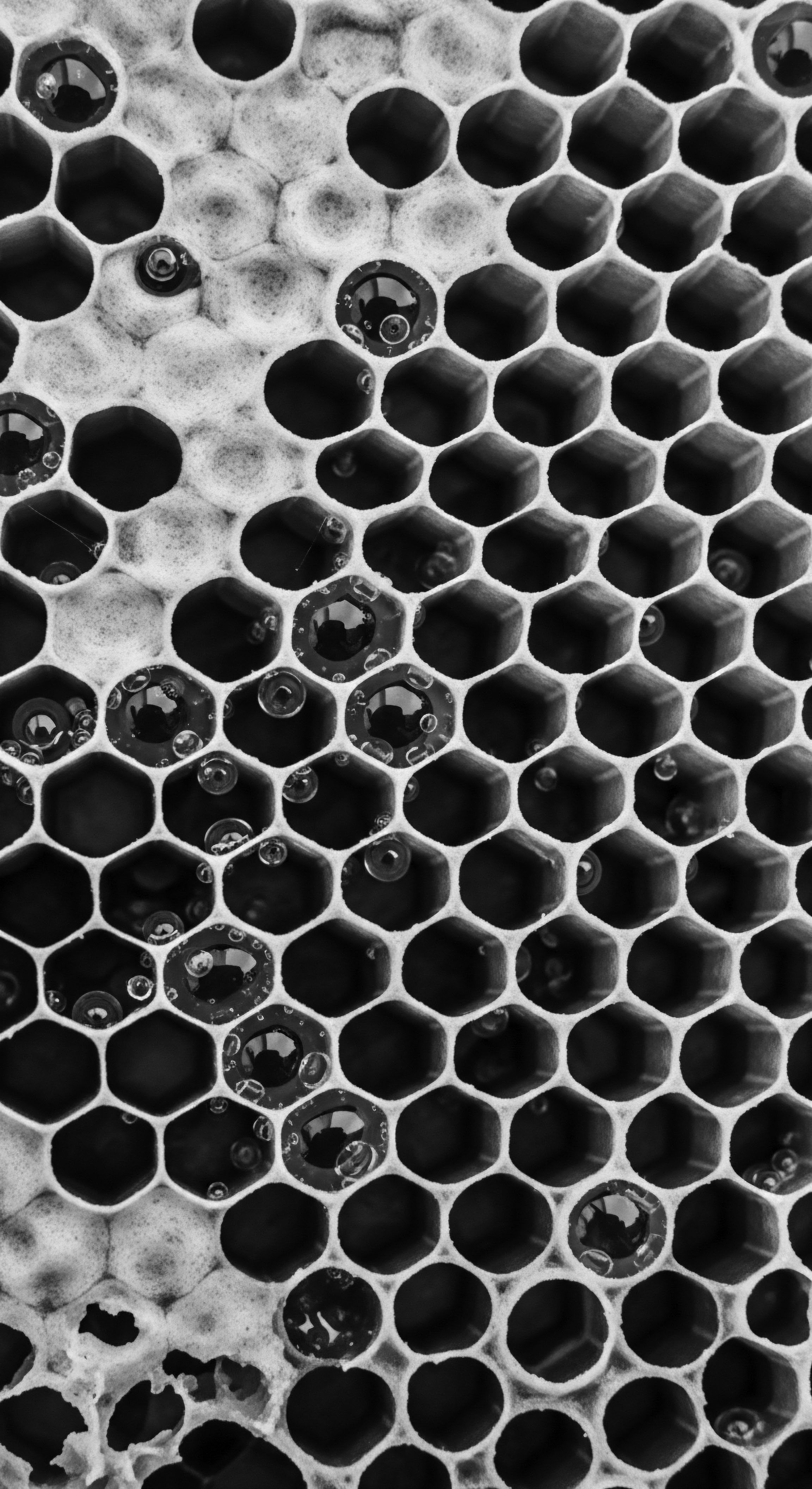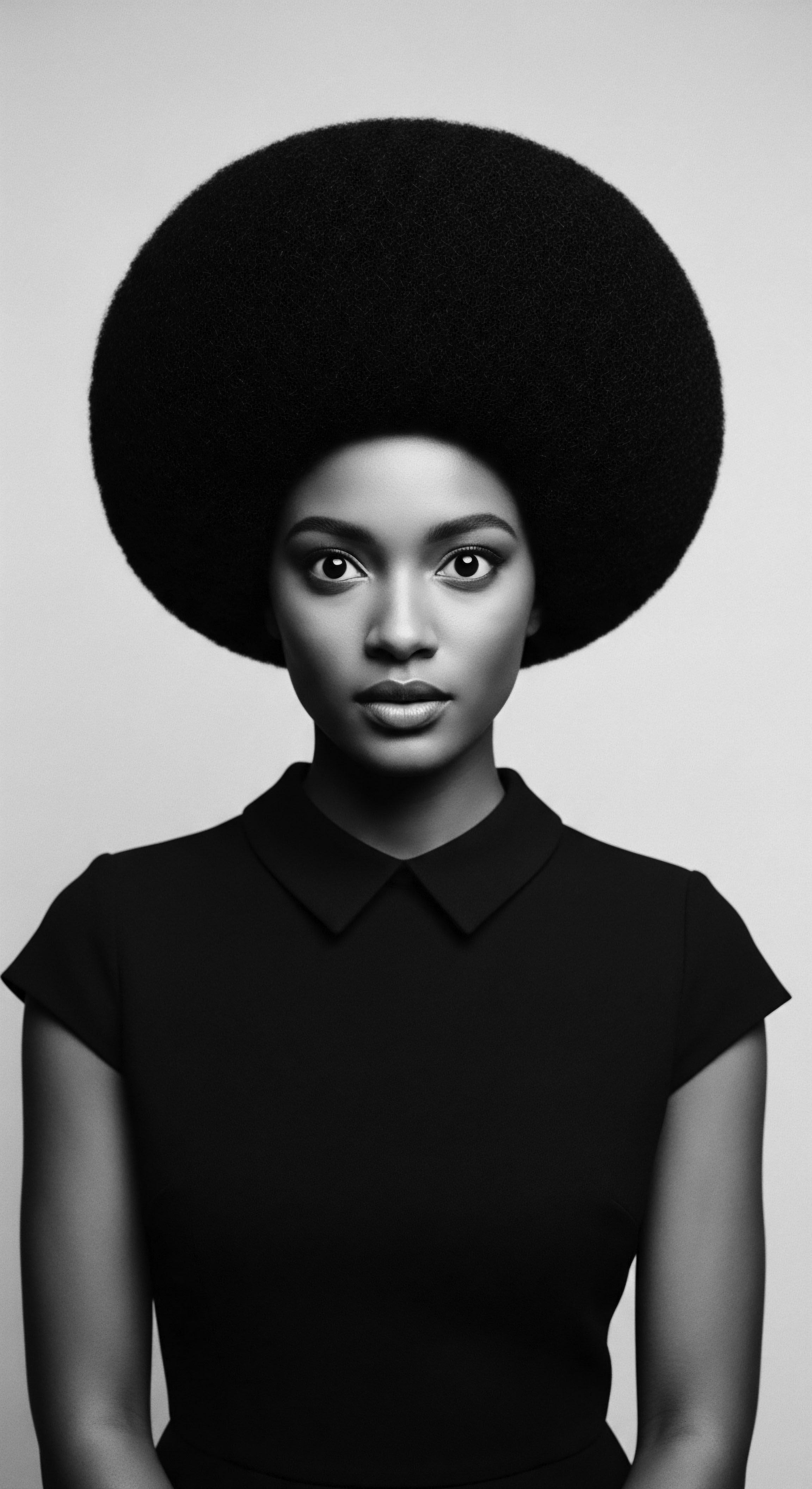
Can bonnets protect textured hair from environmental stressors and breakage?
Bonnets protect textured hair from environmental stressors and breakage by minimizing friction, retaining moisture, and shielding strands from pollutants, deeply rooted in Black hair heritage.
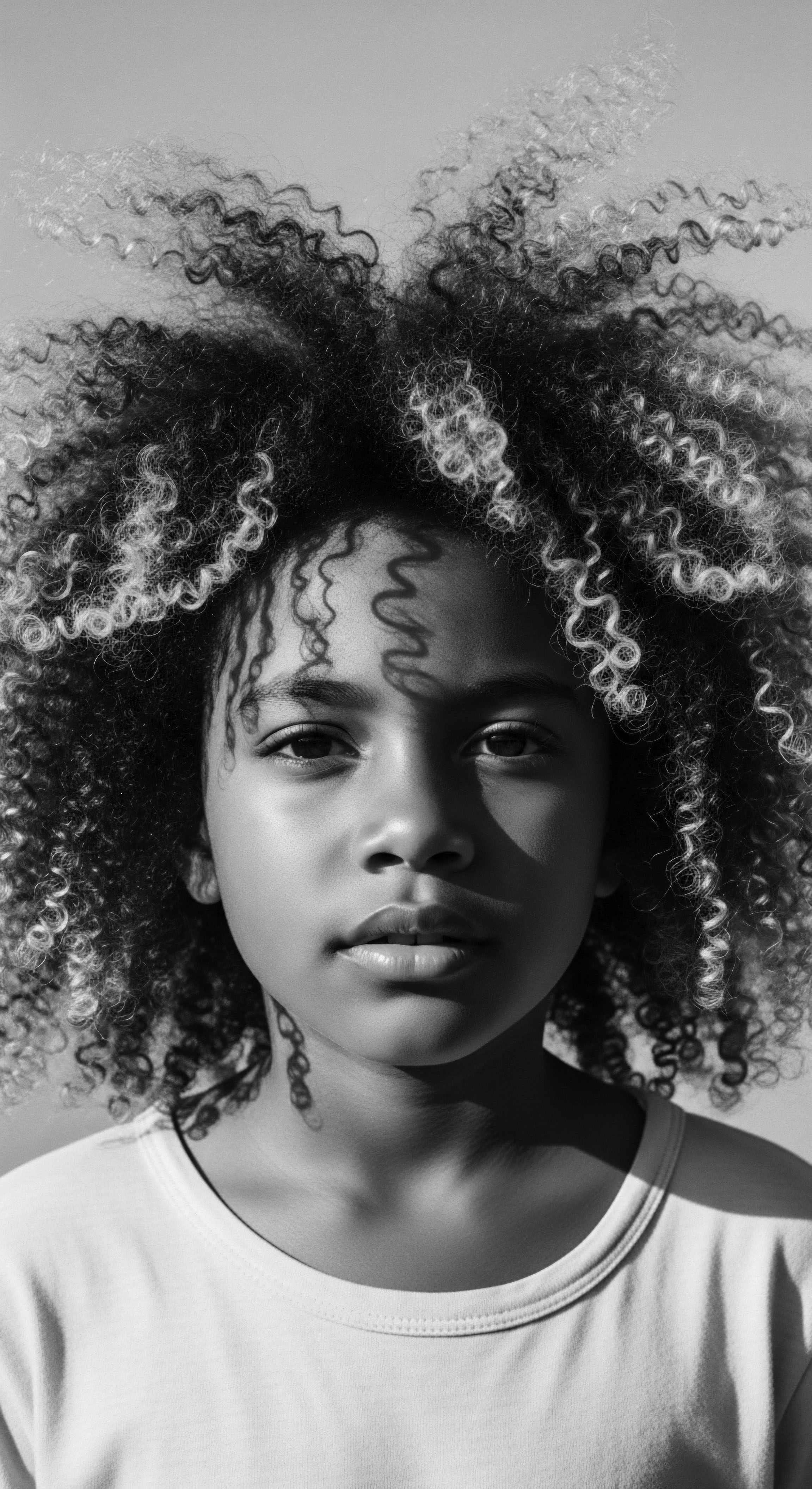
Air Pollutants
Meaning ❉ Air pollutants are atmospheric substances that harm hair and scalp, often disproportionately impacting textured hair due to historical environmental inequities.
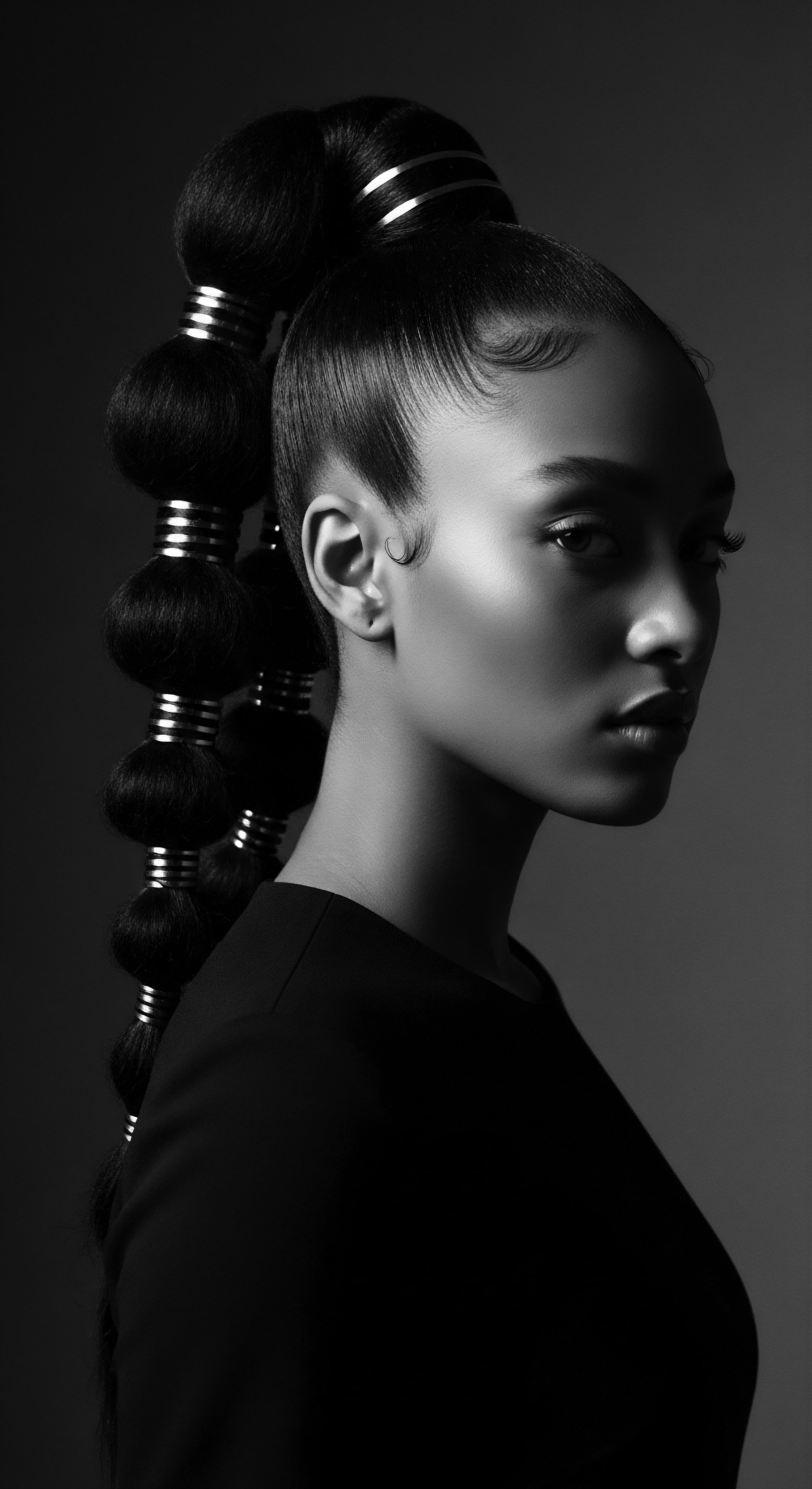
Can traditional headwraps protect textured hair from environmental damage?
Traditional headwraps protect textured hair by physically shielding it from environmental damage while preserving ancestral heritage.
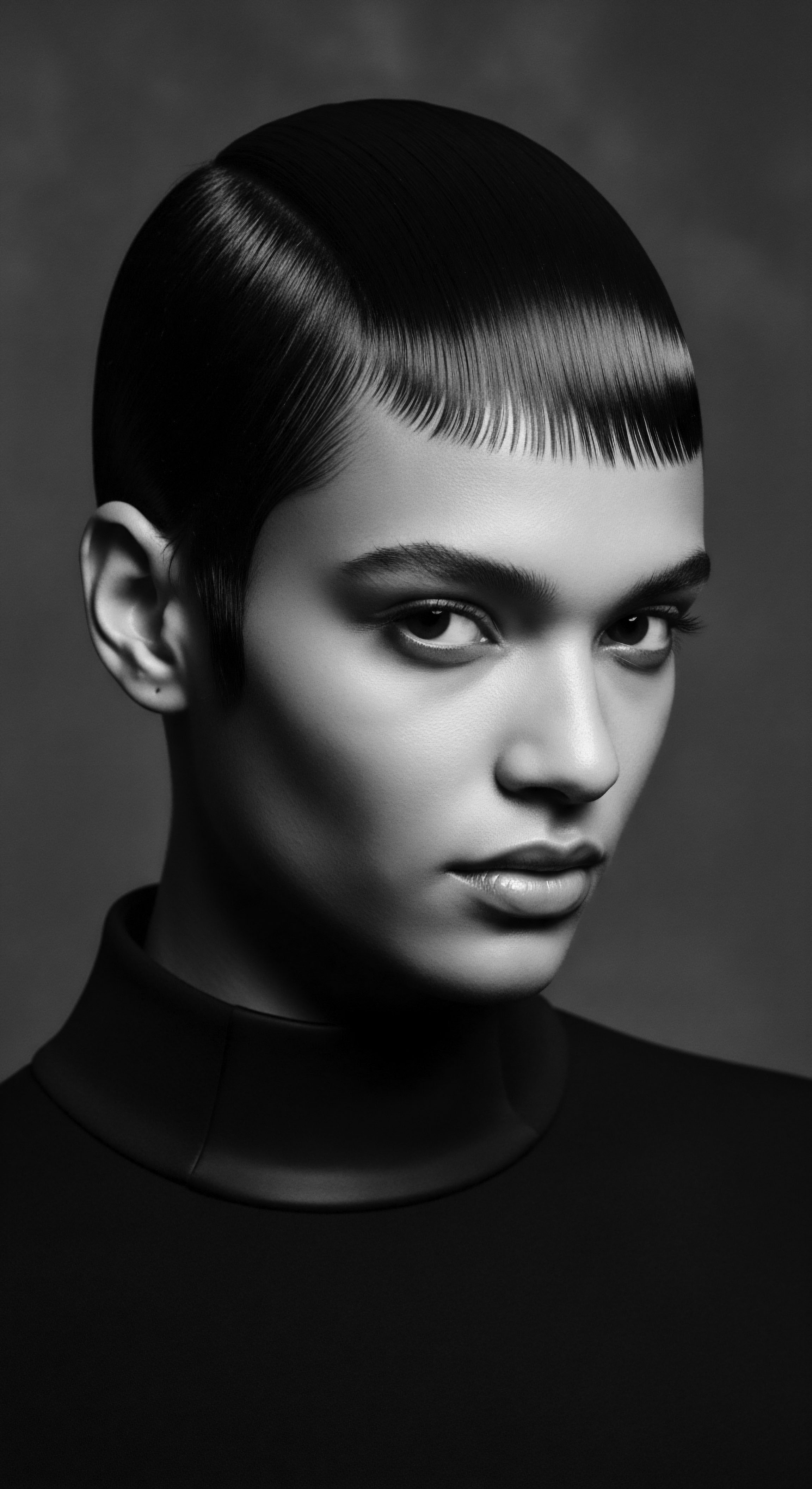
What environmental factors harmed ancestral textured hair?
Ancestral textured hair was harmed by environmental factors like dry air, intense sun, mineral-rich water, and physical abrasion, shaping a heritage of resilient care practices.
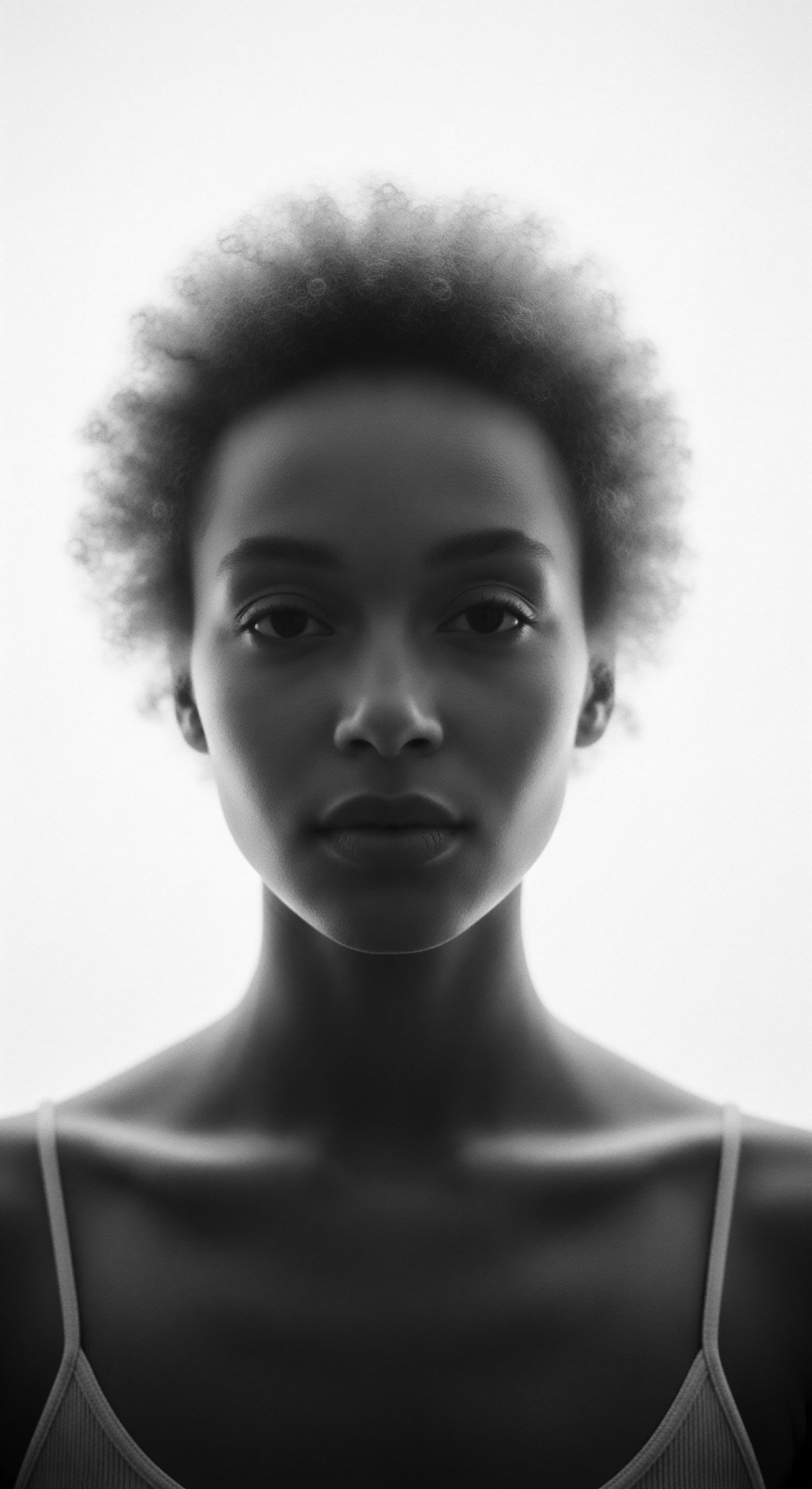
Oxidative Hair Degradation
Meaning ❉ Oxidative hair degradation is the molecular damage to hair fibers caused by environmental stressors, leading to weakened, brittle, and dull strands.
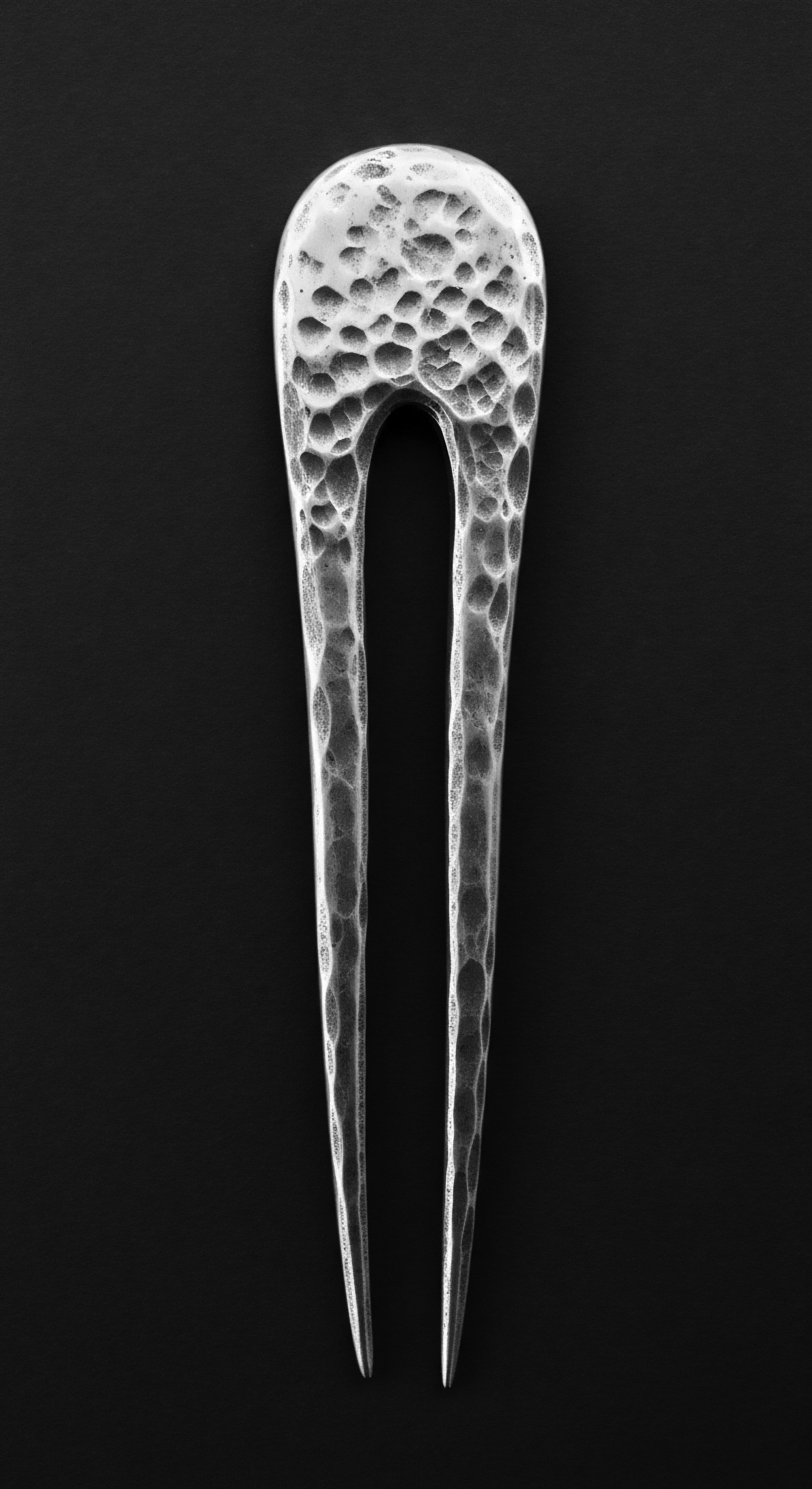
How do headwraps protect textured hair from environmental factors?
Headwraps shield textured hair from environmental stressors, preserving moisture and reflecting a rich heritage of protective styling.

Pollutant Hair Barrier
Meaning ❉ The Pollutant Hair Barrier is the hair's inherent and cultivated defense against environmental aggressors, deeply rooted in textured hair heritage and ancestral care practices.
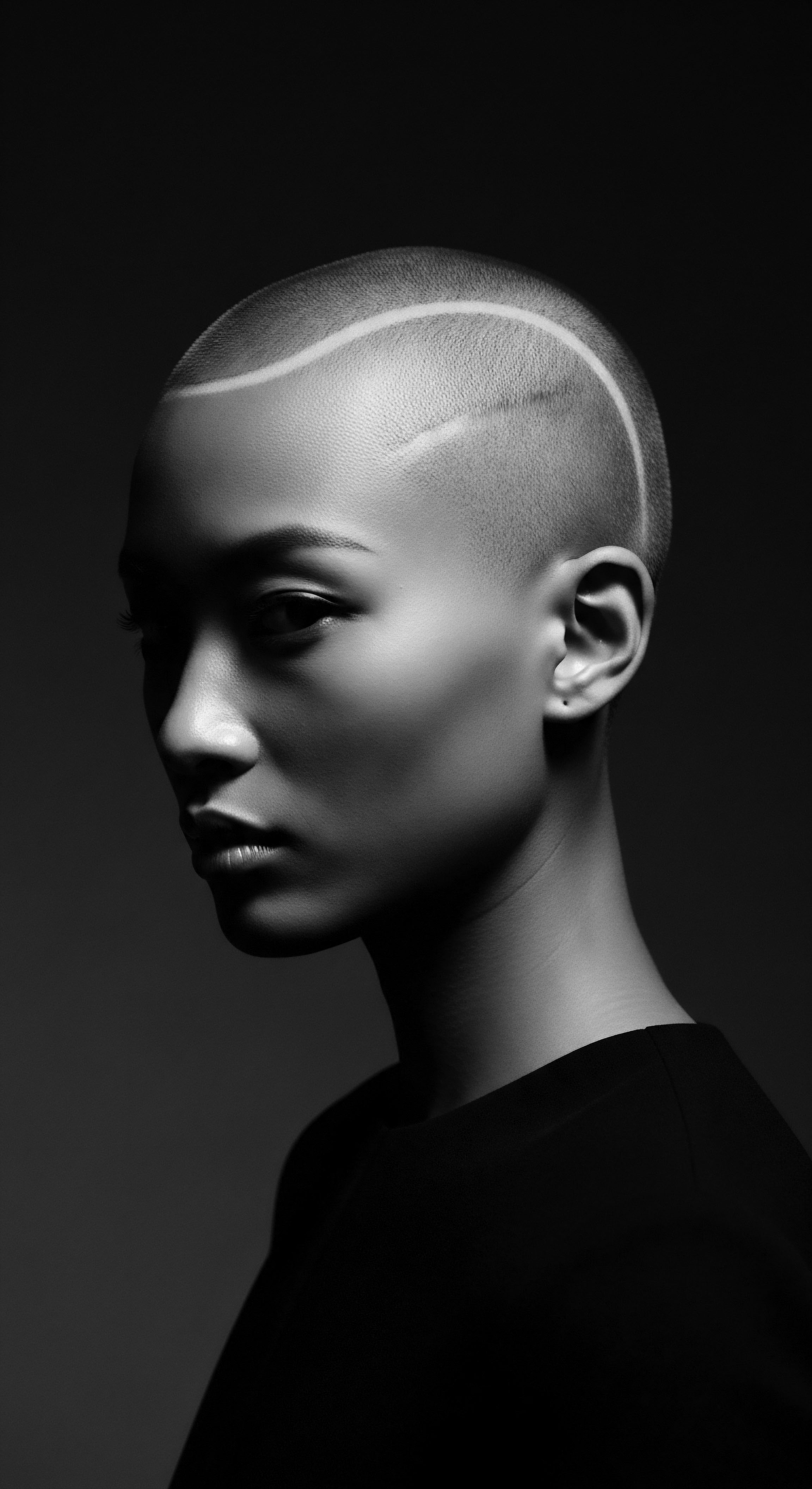
Pollution Impact
Meaning ❉ Pollution Impact describes how environmental and societal stressors compromise the health and cultural integrity of textured hair.
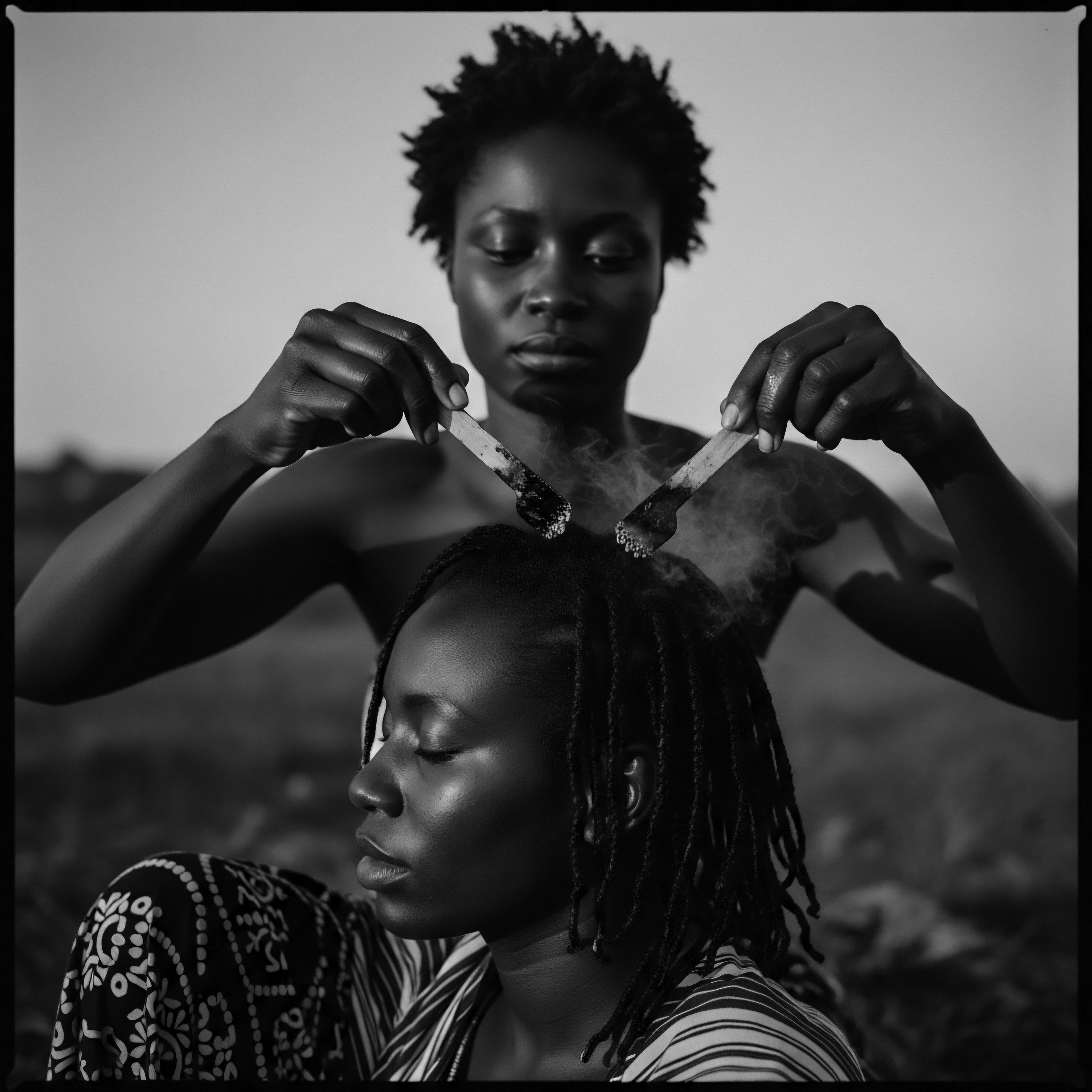
Hair Pollution Damage
Meaning ❉ Hair Pollution Damage refers to the degradation of hair and scalp health caused by environmental contaminants like particulate matter and heavy metals.

Environmental Hair Stressors
Meaning ❉ Environmental Hair Stressors are external forces impacting hair vitality, with textured hair uniquely susceptible, leading to a rich heritage of protective care.

Free Radical Damage
Meaning ❉ Free radical damage signifies the molecular degradation of hair and scalp tissues caused by unstable atoms, impacting hair's vitality and texture.
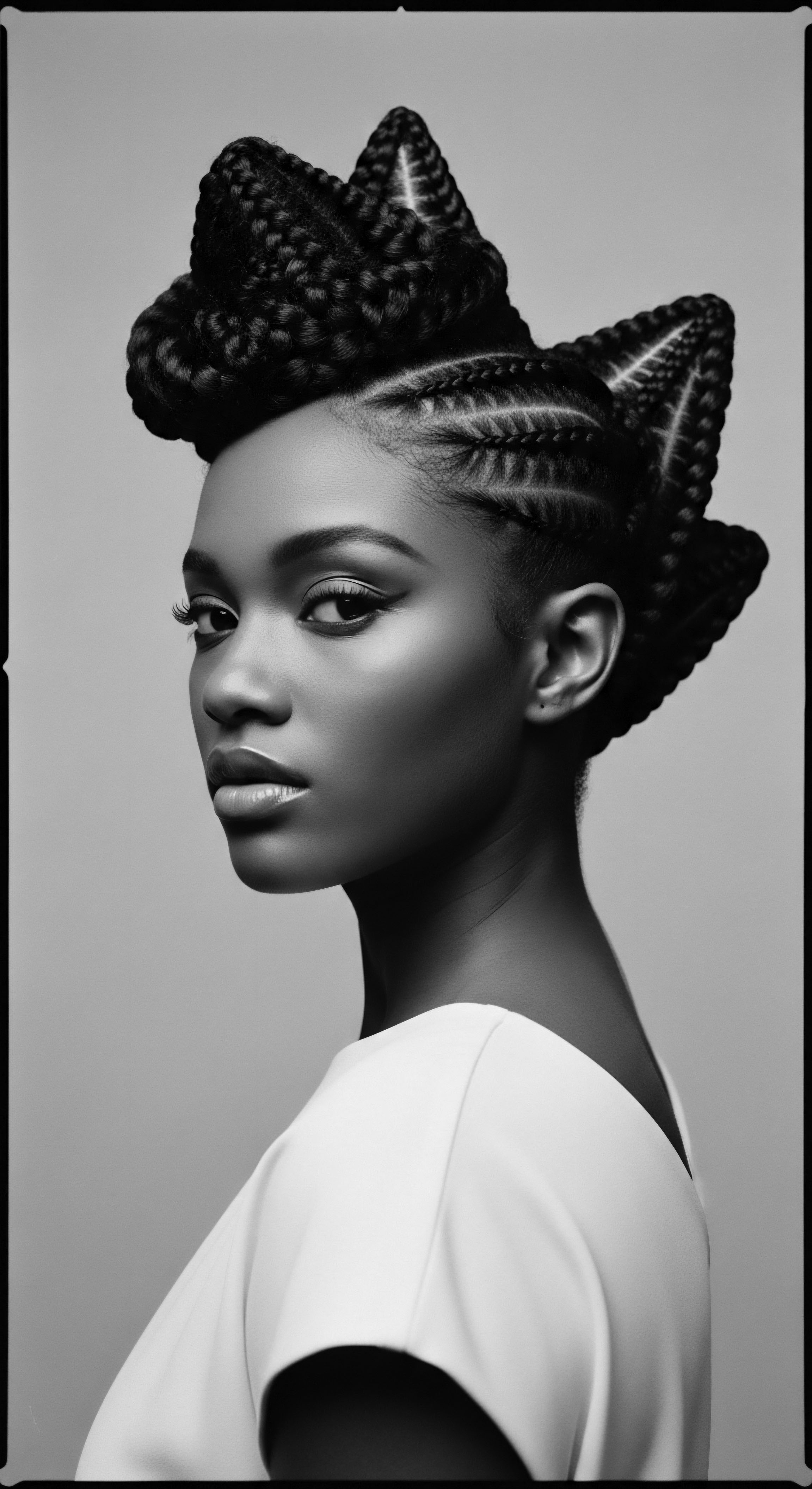
Pollution Hair Damage
Meaning ❉ Pollution Hair Damage describes the structural and functional changes in hair and scalp from environmental contaminants, deeply impacting textured hair.
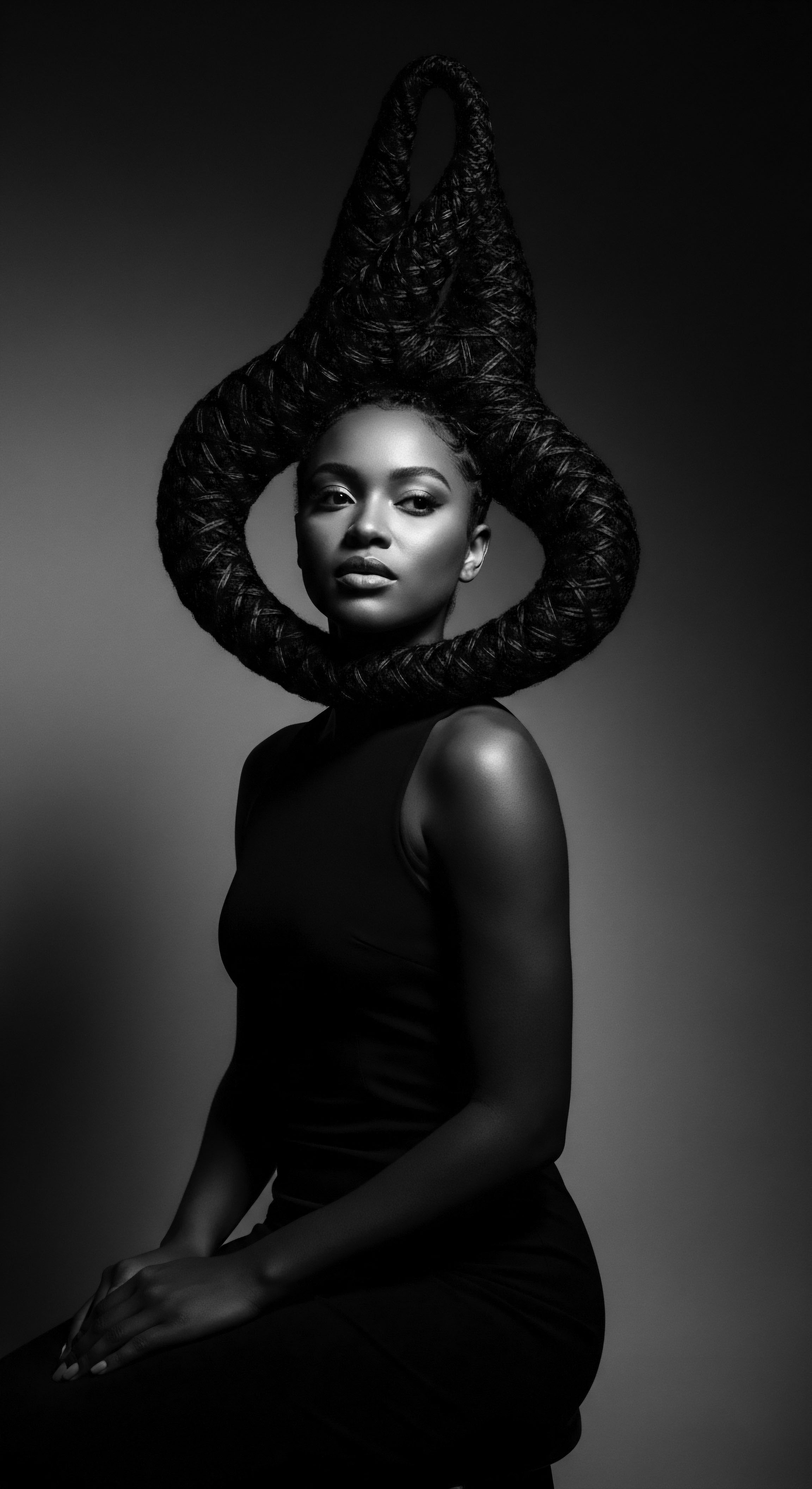
Pollution Hair Effects
Meaning ❉ Pollution Hair Effects describe the environmental contaminants' impact on hair and scalp, especially for textured hair, rooted in heritage.

Environmental Stressors
Meaning ❉ Environmental Stressors are external forces that compromise textured hair health, shaping ancestral care practices and cultural identity across generations.

